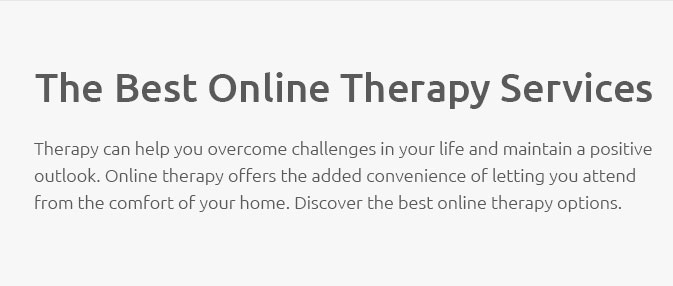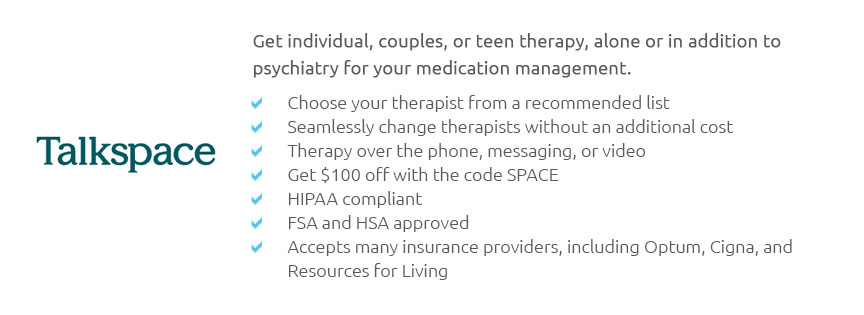 |
 |
 |
|---|
 |
 |
|---|
 |
|
|---|---|
 |
 |
 |
 |
 |
 |
 |
 |
 |
 |
 |
 |
 |
 |
 |
 |
|---|
The Evolution and Impact of Online Video TherapyThe advent of online video therapy has brought about a paradigm shift in the mental health landscape, fundamentally altering how therapeutic services are accessed and delivered. As digital technology becomes increasingly integrated into our daily lives, the traditional confines of face-to-face therapy sessions are being reimagined, offering both unique advantages and notable challenges. This exploration into online video therapy seeks to illuminate the various facets of this modern therapeutic approach, weighing its benefits against its potential drawbacks. Accessibility is arguably the most significant advantage of online video therapy. For many, geographical barriers and physical disabilities have historically impeded access to necessary mental health services. Online platforms dismantle these obstacles, providing clients the opportunity to connect with therapists from the comfort of their own homes, or indeed from anywhere with a stable internet connection. This newfound accessibility is especially crucial for individuals residing in rural or underserved areas, where mental health professionals may be scarce. In addition to geographical accessibility, online therapy offers a degree of flexibility that traditional in-person sessions often cannot. Clients can schedule sessions at their convenience, sidestepping the logistical headaches of commuting and rigid appointment times. This flexibility can lead to a higher degree of consistency in therapy, as clients find it easier to integrate sessions into their hectic lives. Moreover, the reduced overhead costs associated with maintaining physical office spaces allow some therapists to offer their services at lower rates, potentially broadening the scope of individuals who can afford therapy. Despite these advantages, online video therapy is not without its limitations. One of the most pressing concerns is the issue of privacy and confidentiality. While reputable platforms employ robust encryption protocols to protect client information, the virtual nature of these sessions inherently introduces new risks. Clients must ensure that their environment is private and free from eavesdropping, which may not always be feasible in shared living spaces. Additionally, the digital medium can sometimes impede the development of a therapeutic alliance, as subtle non-verbal cues that are easily perceived in person may be lost or misinterpreted through a screen. Another point of contention is the effectiveness of online therapy compared to traditional methods. While numerous studies have affirmed the efficacy of online cognitive-behavioral therapy (CBT) and other modalities, some critics argue that complex cases requiring nuanced therapeutic techniques might suffer from the lack of physical presence. This is particularly relevant in scenarios involving severe mental health disorders or crisis interventions, where the therapist's physical presence can offer a sense of safety and support that a digital interface cannot replicate. For those considering online video therapy, several factors should be taken into account.
In conclusion, online video therapy represents a significant stride towards democratizing mental health care, offering unprecedented access and convenience. However, it is not a panacea and may not suit everyone's needs. As this form of therapy continues to evolve, ongoing research and technological advancements will likely address many of its current limitations, further enhancing its role as a vital component of comprehensive mental health care. As with any therapeutic journey, the choice between online and traditional therapy should be guided by individual preferences, needs, and circumstances, ensuring the most beneficial outcome for the client. https://www.youtube.com/watch?v=aEjYMou5aoI
If you're about to see a therapist online, this video is a must-watch! It's normal to feel a bit anxious about your first teletherapy (aka ... https://pmc.ncbi.nlm.nih.gov/articles/PMC7675483/
... online therapy. The additional safety experienced in this context may make online or videoconferencingbased therapy a less threatening option, especially ... https://www.apa.org/topics/telehealth/online-therapy
DVD/Streaming Video - Journal Subscriptions - APA PsycNet Journal Articles.
|
|---|